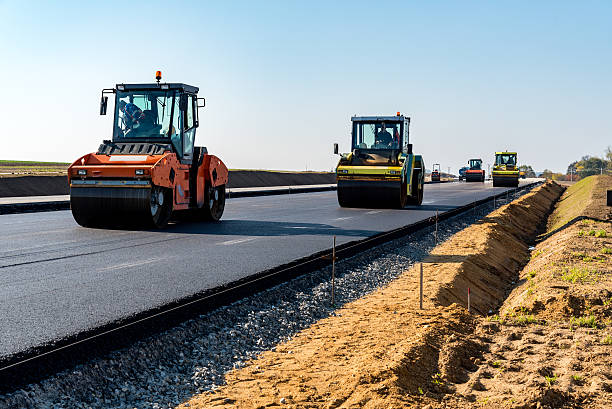If you’re developing land or thinking about developing land, chances are you’ve heard of development contributions.
What are development contributions?
Development contributions are fees charged by a local Council for new development. This could be a new dwelling, minor dwelling, subdivision, or a changed use in an existing building. The contribution relates to new or upgraded infrastructure for:
- transport, footpaths, roads and intersections,
- parks, park facilities and sports grounds,
- drainage systems and stormwater mitigation,
- community facilities.
The dollar value of the development contribution varies depending on the development type and location. It’s calculated in accordance with a development contributions policy. In this blog, we focus on development contributions in Auckland, where the last development contribution policy review was undertaken in 2022.

Changes to the Auckland Council Development Contributions Policy
In 2024, Auckland Council began consultation on proposed changes to the development contributions policy. This is proposed to account for:
- Expected growth. Auckland is expected to grow by an additional 200,000 people by 2034,
- Current Council budgets, including spending and investment decisions over the period of the Council’s Long-term Plan 2024-2034,
- Updates to project costs,
- Updates to long-term (30 years) investments in the Drury Investment Priority Area,
- Spending and investment in other Investment Priority Areas (IPAs) over the next 30 years, including Inner Northwest areas at Red Hills, Westgate and Whenuapai, the Auckland Housing Programme (AHP) areas at Tāmaki, Māngere and Mt Roskill,
- and other related policy changes.
In some areas, the proposed development contributions increases were significant. For example, in the Inner North- West contributions were proposed to increase from $25,167 to $98,000 and in Tamaki it was proposed to increase from $31,157 to $119,000. Unsurprisingly, feedback was provided to Auckland Council that the increases were too high, weren’t calculated correctly, we’re spread over the lifetime of the infrastructure, and would make a large number of development uneconomic.
What happened?
As a result of feedback, a further period of consultation was opened. This period closed in November 2024. A decision from the Council is expected around April 2025.
What happens now?
Auckland Council is now in the process of reviewing feedback and finalising the updated Development Contributions Policy. The decision-making process was originally proposed to be completed in February 2025, but this has been extended to April 2025. The exact date for implementation of the council’s decision hasn’t been set yet and it’s linked to a number of internal processes, and final adoption by the Council. Implementation of the new Development Contributions Policy is expected to be shortly after this Council adoption.
When your resource consent application is lodged now becomes central in relation to what development contributions you will pay.

The lodgement date of a resource consent application dictates the development contributions policy that will be applied, meaning that an application already accepted for processing by the council prior to adoption of the proposed policy will be assessed for development contributions under the current policy. A resource consent application lodged after this will have the new development contributions policy and figure applied.
The new policy will almost certainly result in higher development contribution being payable, even if changes are made because of the negative feedback. This means if you have a project in the wings, you will need to have the resource consent application lodged and accepted for processing with Auckland Council before April 2025.
Other contributions
Please also remember that in addition to development contributions, you are also required to pay for water and wastewater infrastructure. In Auckland this could be via Watercare Services (most areas) or Veolia (Papakura).
The costs of development can seem a bit daunting at the start, but you do have opportunities to reduce your consenting costs. We give you some tips here.
Have a development in mind?
With over 35 years of combined experience processing resource consent applications, including being a current planning consultant to Auckland Council, we have significant experience on both sides of the fence.
Get in contact with our experienced team to discuss your next project. hello@planningplus.co.nz or (09) 427 9966.


